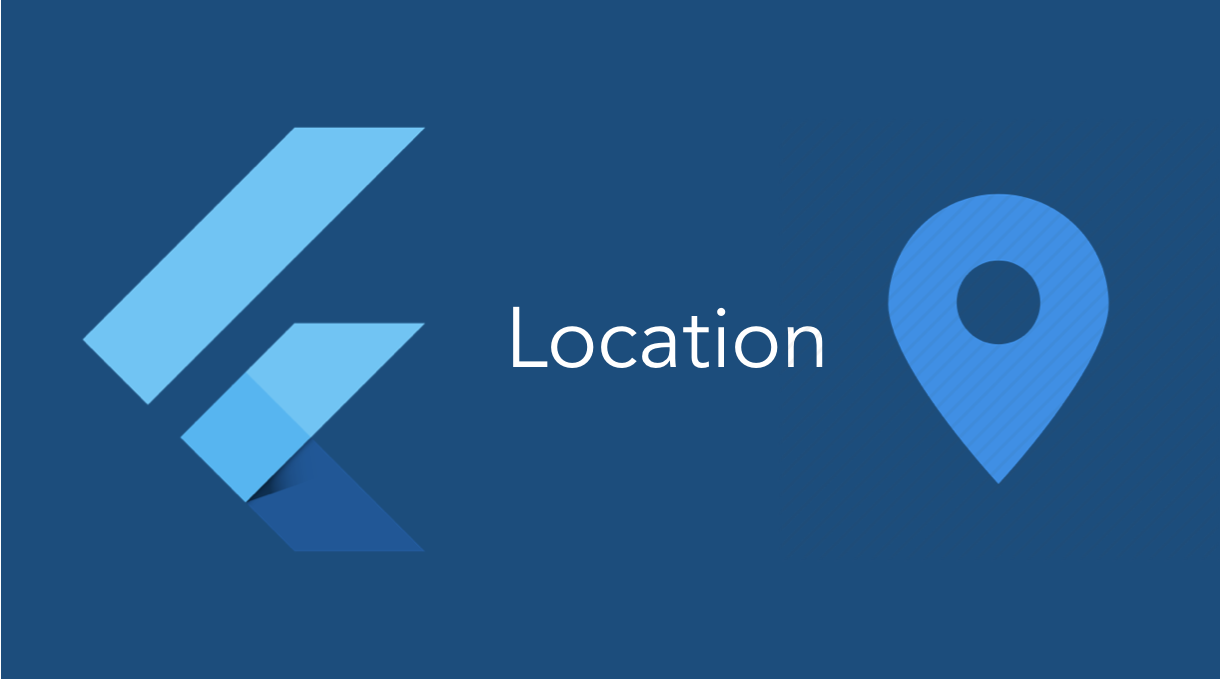How modern apps are implementing geolocation

There has been an immense growth in geolocation application in the past several years. Geolocation in mobile applications have created a huge stir by introducing new type of startups and have established opportunities, which did not previously exist.
The ability to integrate geolocation with your application add on several benefits for both the client and the consumer. Whether it’s a new startup or an existing one, both can benefit tons by adding geolocation services to their existing applications or websites. This has resulted in introduction of new and unique marketing strategies, which has greatly influenced the workflow and interaction of the company and the consumer.
Moreover, while some companies are using only a small piece of this technology in order to locate themselves on a map, some applications are making more extensive use of the technology. This has resulted in a new location-based services niche in the market. These make a much more advanced usage of the application, by extending a bunch of geolocation based services.
Below we will be finding the usage of geolocation in today’s applications, where the technology is used and how it is being implemented to bring convenience to the users.
Geolocation implementation in mobile applications
Navigation
The first thing that pops in everyone’s mind after the mention of geolocation is probably a map and navigation service. This is regarded as the most common usage of the technology, and can be widely found today in form of Google maps, Waze, a variety of compasses, urban transportation methods and what now.
Examples: Google Maps, Waze
Weather apps
Applications, such as Yahoo Weather use geolocation data to increase the usability of the app, and even skip a few steps between the product and the consumer. Most people have such apps or widgets working on their smartphones, telling them about their location temperature, climate and even forecasting weather of upcoming days. Interestingly, weather apps are the leading category for which users usually turn their geolocation on. The usage is 65% as opposed to 38% of social networking applications.
Examples: Yahoo Weather, AccuWeather
E-Commerce apps
E-commerce mobile applications have found a great usage of geolocation technology. By making use of this, they can enhance the everyday consumer experience better, smart and faster. The information about the geographical location of a consumer brings more advantages to deliver and logistics.
Examples: Amazon, eBay
Apps for offline business
Offline businesses also profit a great deal from this technology, as it provides an effective way to inform customers based on their locality and provide better loyalty programs. Secondly, indoor location technologies can be implemented, which are specific to the offline stores.
Event apps
Event applications allows people to organize events, by bringing together the hosts and the users. The users can also better locate the events with the help of geolocation.
Examples: Eventbrite
Travel apps
Almost all travel applications provide you geolocation services integrated in them. Whether it be the website counterpart or the application, you will better locate your travel destination, hotel, airport with the help of geolocation services.
Examples: TripAdvisor, Airbnb
On-Demand services
With the surge of delivery and taxi services, importance of on-demand services requiring geolocation has also increased. The most common example is Uber or Lyft, which are widely used at any given instance and make use of map-based geolocation to pick up customers and drop them off at a different location.
Examples: Uber, Lyft
Health & fitness apps
Applications that use GPS data for tracking health patterns, sports activities and other health related activates over a specific distance are being widely used today in both phones and smartwatches. Many examples can be seen on both Android and iOS, such as RunKeeper.
Example: RunKeeper
Geosocial apps
These type of applications are more social-oriented than geolocation based. These applications allow their community members/users to share content based on their locations. This service can be widely found in use in Facebook places and Instagram. Streaming services, like Periscope, also comes under this category.
Examples: Instagram, Periscope, Snapchat
Lifestyle & hobbies
Lifestyle application are similar to social applications, and let people connect with others according to their lifestyle and interest. This is also a common example where geolocation services come into play, by determining your hobbies and lifestyle based on where you frequently go.
Example: Foursquare
Time-based and memory apps
These applications use your geographical location to determine and remind customers about past events that happened in the same place few months or even years ago. These applications can be easily found on the internet.
Examples: Timehop
Social networking and dating services
Dating applications, along with social media applications, allow people connect to people based on their private and business interests, but also according to their location. Dating services in particular have received a huge boost, with the growth of apps, such as Tinder.
Examples: Tinder, Bumble
In all the mentioned category above, you can witness geolocation technology being implemented in one way or another. Geolocation has paved a new way to experience applications and connect with businesses. If you are an app developer on your way to make a great geolocation-based app, you need to learn how to make a map & GPS mobile app, choose a category, start today and experiment!